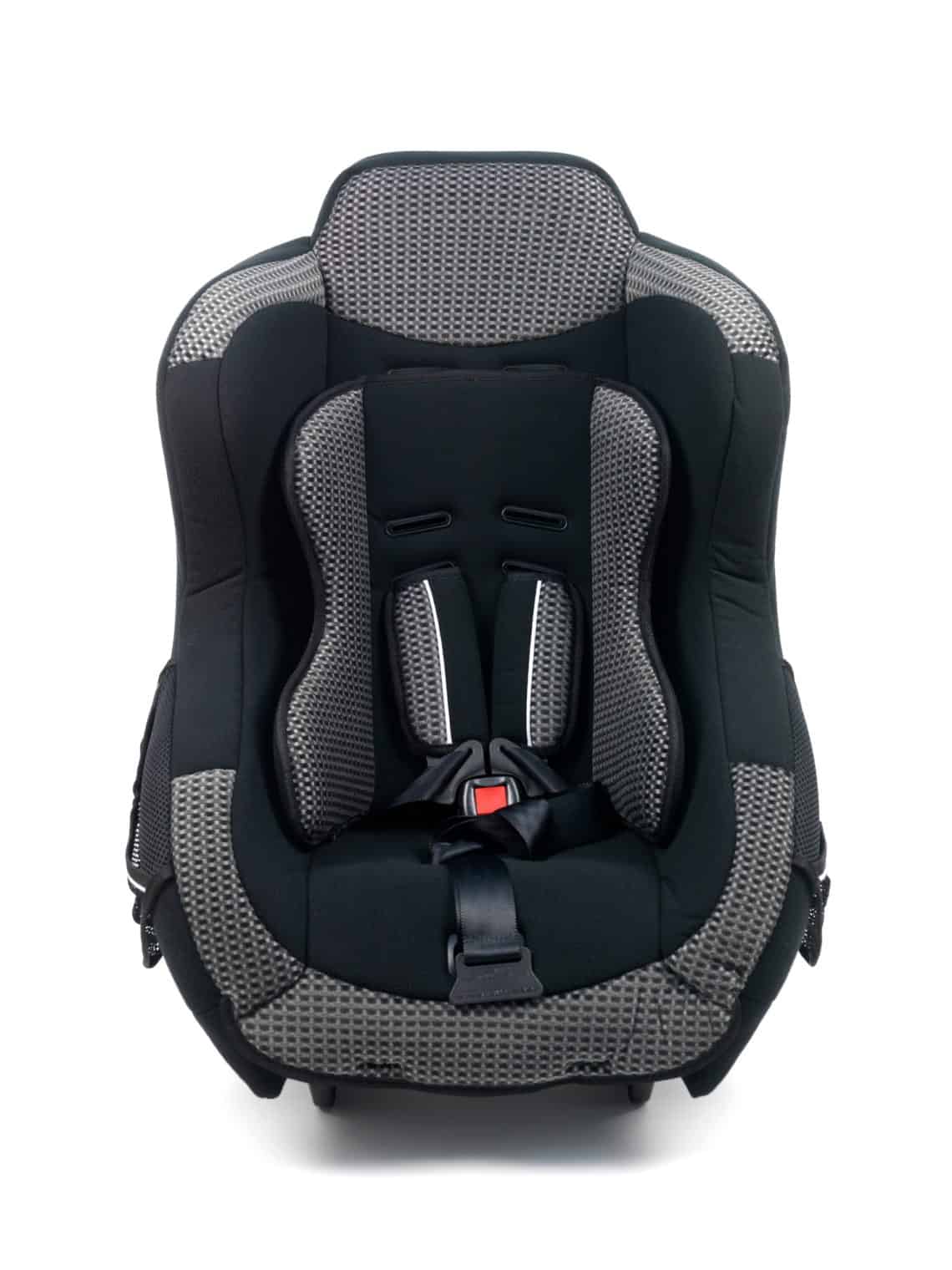Our baby left the NICU when he was a little over 4lbs. Before he was discharged, he had to meet another milestone, passing the car seat test, or what’s more formally called the Angle Tolerance Test (ATT). Due to his small size we searched for the best preemie car seat that would keep him safe and comfortable.
The Angle Tolerance Test
This wasn’t my hospital being a stickler, the American Academy of Pediatrics recommends that every premature baby undergo this test and that parents be educated on safe car seat positioning.
Babies born before 27 weeks or weighing less that 5lbs 8oz at birth, are typically required to undergo a car seat test prior to discharge from the NICU.
We had met a few parents that were disappointed that their babies’ NICU stay was lengthened because their child kept experiencing “dsats” or “bradys”, short for desaturation episodes (low blood oxygen levels) and bradycardia (low heart rate).
Even so, we were rooting for our son to pass with flying colors. At 90-minutes long, the ATT is designed to test whether your baby can tolerate the angle needed (45 degrees) for him/her to be safe in the car seat.
When our son was close to discharge, we were told to purchase a car seat suitable for his weight and to bring it in on the day of his test. On test day we were required to bring in the car seat and base as well as secure our son in the car seat.
In addition to meeting my son’s 4lb minimum weight requirement, the car seat could not include any after-market parts (a “ticketable” offense in our state).
What’s required?
Here are some things we were told to check for when selecting our baby’s car seat:
- Crotch Strap Distance:
Crotch strap distance is the distance from the seat back to the crotch strap. To prevent slouching (which can be dangerous for premature babies) the American Academy of Pediatrics recommends that the closest crotch strap distance be 5.5 inches or less. - Shoulder Harness Positioning: Should be level with or lower than baby’s shoulders.
- LATCH System: If you have a car manufactured in 2001 or later, your car is likely equipped with the LATCH System (Lower Anchors and Tethers for Children). While this makes it easier to install the car seat, it doesn’t necessarily mean it’s better than using a seatbelt. Test both and see which one secures the car seat better after proper installation.
What our checklist included…
The nurse administering the test also had to complete a checklist based on the car seat’s technical specifications as well as the information she shared with us on car seat safety. Basically, she had to indicate that we understood the following:
- That heavy clothing, coats or blankets must be placed over the baby AFTER they are strapped securely in the car seat.
- How to insert the car seat into its base.
- That nothing should obstruct the harness straps.
The nurse also checked the to ensure:
- The chest clip was at our baby’s armpit level.
- That the harness straps fit securely.
- That the harness straps were even with (or below) our baby’s shoulders.
- That our baby was not slouching in the car seat, with his body in more of an “L” shape verses a “C”.
Apnea, dsats and bradys
Our son was then monitored for apnea, desaturation and bradycardia every five minutes for the first 15 minutes, then every 15 minutes for the remainder of the test. His baseline levels were taken prior to the test for comparison.
According to our hospital’s guidelines, failing the test meant an oxygen saturation of less than 85% for longer than 20 seconds; or apnea lasting longer than 20 seconds or a heart rate lower than 80 bpm (beats per minute) for 20 or more seconds.
Fortunately, our son passed and our car seat was a perfect fit for him. Our choice was the Chicco Keyfit 30. Since then we’ve also gotten there stroller system as well. Check out our review of the Keyfit and other preemie car seat options here.

